In the vast culinary landscape, mushrooms occupy a unique niche, offering a myriad of textures, flavors, and nutritional benefits. Among the diverse species that grace our plates, Pleurotus Eryngii, commonly known as King Oyster Mushrooms or Eringi Mushrooms, stands out for its meaty texture, earthy aroma, and versatility in the kitchen. These mushrooms, native to warm and temperate regions, have become a staple in gourmet cuisine due to their ability to mimic the taste and texture of meat while providing a plant-based alternative. One question that often arises among home cooks and culinary enthusiasts is: “How long should you cook Pleurotus Eryngii?”
Understanding the cooking time for Pleurotus Eryngii is crucial to achieving the perfect balance between tenderness and flavor retention. These mushrooms have a dense, fleshy structure that requires careful handling to avoid overcooking, which can lead to a mushy texture and loss of their inherent umami-rich taste. Conversely, undercooking might leave them tough and chewy, detracting from the overall dining experience.
Factors Influencing Cooking Time
Several factors determine the optimal cooking duration for Pleurotus Eryngii:
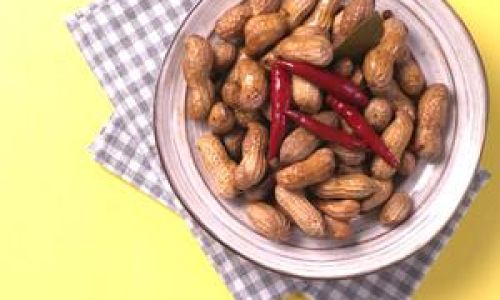
-
Size and Thickness: Larger, thicker mushrooms will require more time to cook through compared to smaller, thinner ones. Slicing or dicing the mushrooms into uniform pieces ensures even cooking.
-
Cooking Method: Whether you’re sautéing, grilling, steaming, or boiling Pleurotus Eryngii, each method impacts the cooking time. For instance, sautéing in a hot pan with a small amount of oil can cook the mushrooms quickly, caramelizing their exterior while keeping the interior moist and tender. On the other hand, steaming or boiling might take longer but preserve more of the mushroom’s natural juices and nutrients.
-
Desired Texture: Personal preference plays a significant role. Some individuals prefer a softer, almost creamy texture, while others enjoy a firmer bite. Adjusting the cooking time according to your taste preference is key.
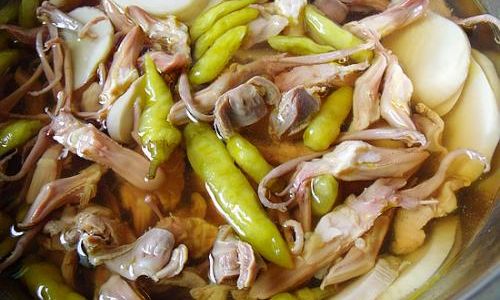
-
Temperature and Heat Source: The intensity and consistency of the heat source directly affect cooking time. High, direct heat will cook mushrooms faster than low, indirect heat.
Common Cooking Techniques and Their Timings
Sautéing
Sautéing Pleurotus Eryngii is a popular method that enhances their flavor through caramelization. Start by slicing the mushrooms into even pieces. Heat a pan over medium-high heat with a small amount of oil or butter. Once hot, add the mushrooms in a single layer, ensuring they have enough space to brown without steaming. Cook for about 5-7 minutes on each side, or until golden brown and tender. Stir occasionally to prevent sticking and promote even cooking.
Grilling
Grilling Pleurotus Eryngii adds a smoky flavor and a nice char to the exterior. Preheat your grill to medium-high heat. Slice the mushrooms into thick steaks or halves, brush with olive oil, and season with salt and pepper. Grill for about 4-6 minutes per side, or until they develop a nice grill marks and are tender inside. Keep an eye on them to prevent burning.
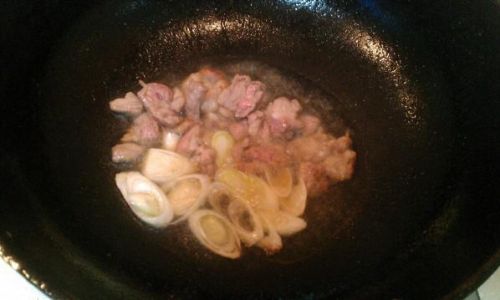
Steaming
Steaming is a gentle cooking method that preserves the mushrooms’ natural juices and nutrients. Place Pleurotus Eryngii in a steamer basket over boiling water. Cover and steam for about 8-10 minutes, or until tender. This method is ideal for those who prefer a softer texture and want to retain as much flavor as possible.
Boiling
Boiling Pleurotus Eryngii is the quickest method but can result in some flavor loss due to the water-soluble nature of mushroom compounds. Drop the mushrooms into boiling salted water and cook for about 5-7 minutes, or until tender. Drain well to remove excess water and season as desired.
Tips for Perfectly Cooked Pleurotus Eryngii
- Don’t Crowd the Pan: When sautéing or grilling, ensure there’s enough space between the mushroom pieces to allow for proper browning.
- Season Well: Pleurotus Eryngii has a subtle flavor that benefits from robust seasoning. Salt, pepper, herbs, and spices can elevate their taste profile.
- Test for Doneness: Use a fork or knife to gently pierce the thickest part of the mushroom. It should offer minimal resistance and feel tender but not mushy.
- Finish with a Sauce or Glaze: A drizzle of soy sauce, balsamic glaze, or a creamy sauce can add an extra layer of flavor to your cooked Pleurotus Eryngii.
Nutritional Benefits and Versatility
Pleurotus Eryngii is not just a culinary delight; it’s also packed with nutrients. High in fiber, vitamins, and minerals, these mushrooms offer a low-calorie, high-nutrition option for those seeking a healthy diet. Their meaty texture makes them an excellent substitute for meat in vegetarian and vegan dishes, adding depth and satisfaction to meals.
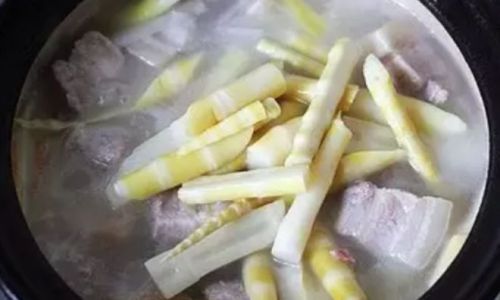
In conclusion, the cooking time for Pleurotus Eryngii varies depending on size, cooking method, desired texture, and personal preference. By understanding these factors and applying the appropriate techniques, you can enjoy perfectly cooked Pleurotus Eryngii that balances flavor, texture, and nutrition. Whether you’re preparing a gourmet dinner or a simple weeknight meal, these versatile mushrooms are sure to elevate your culinary experience.
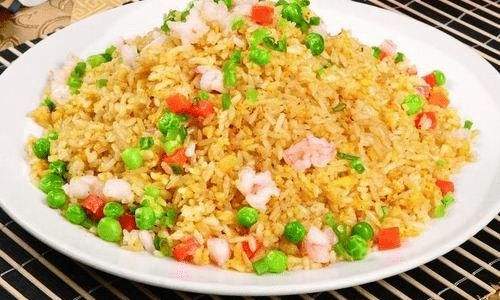
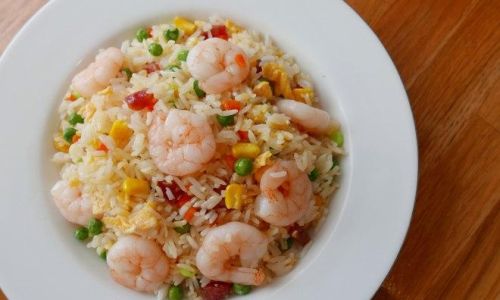
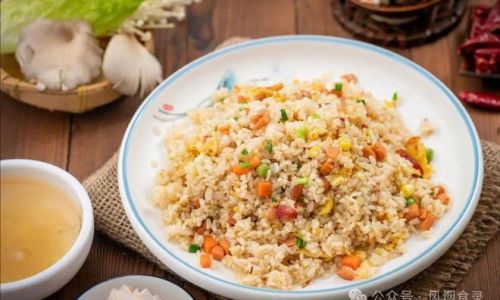
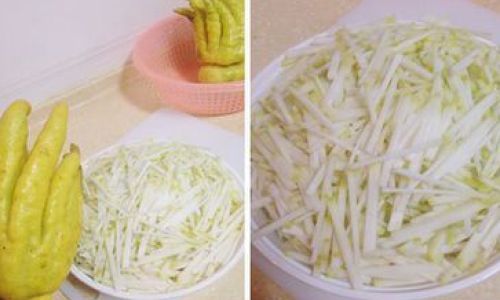
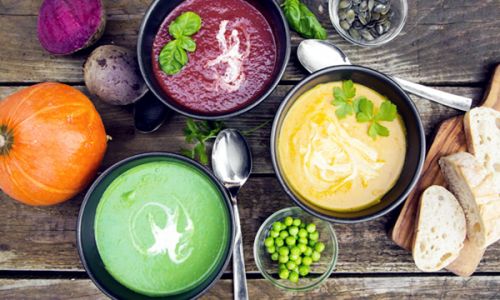
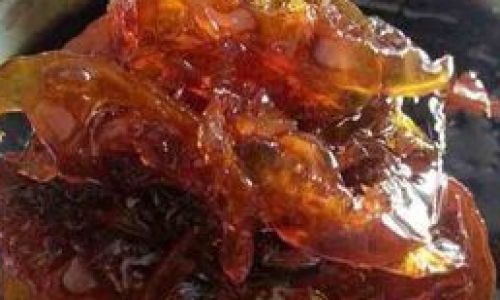
0 comments